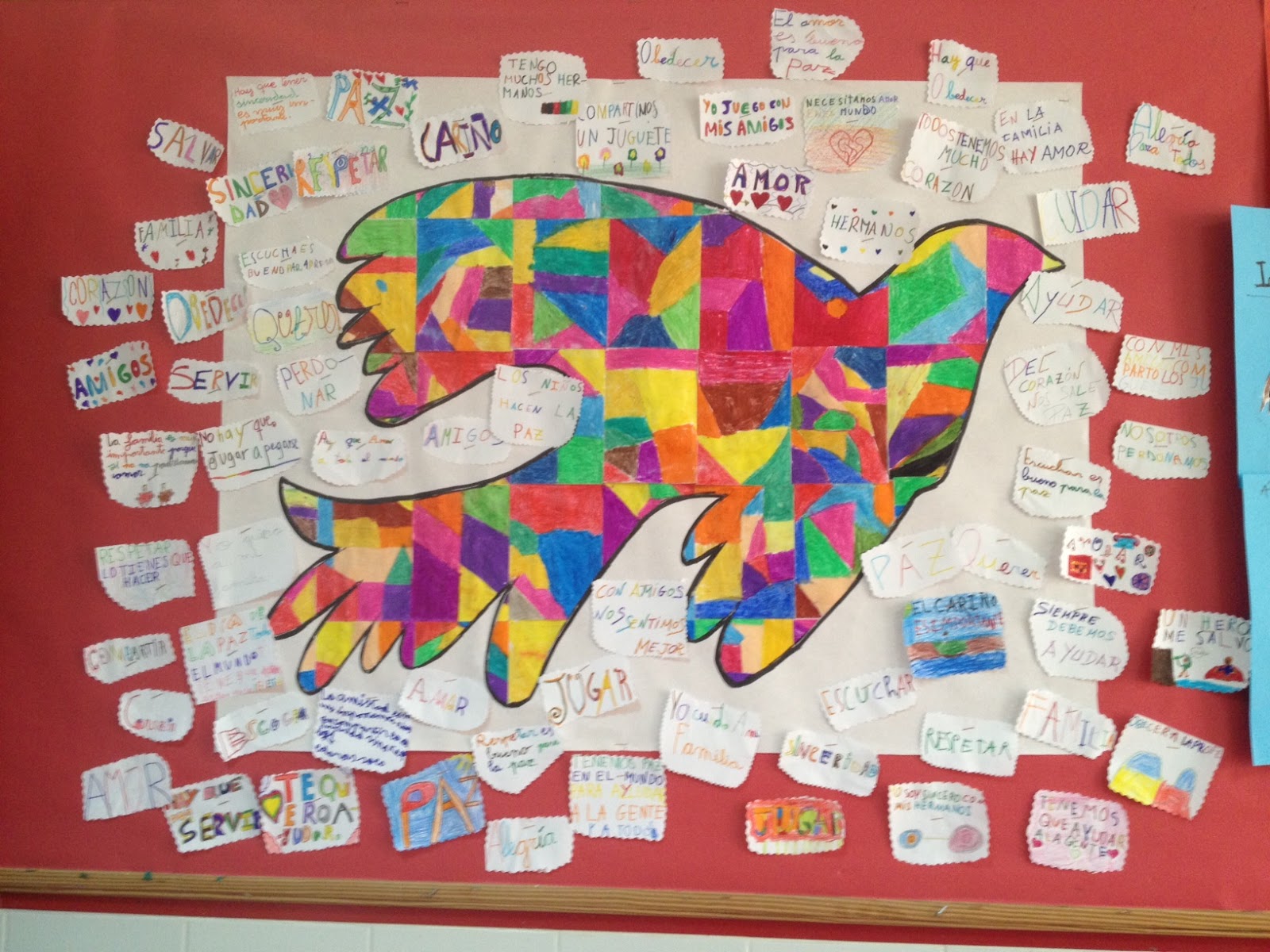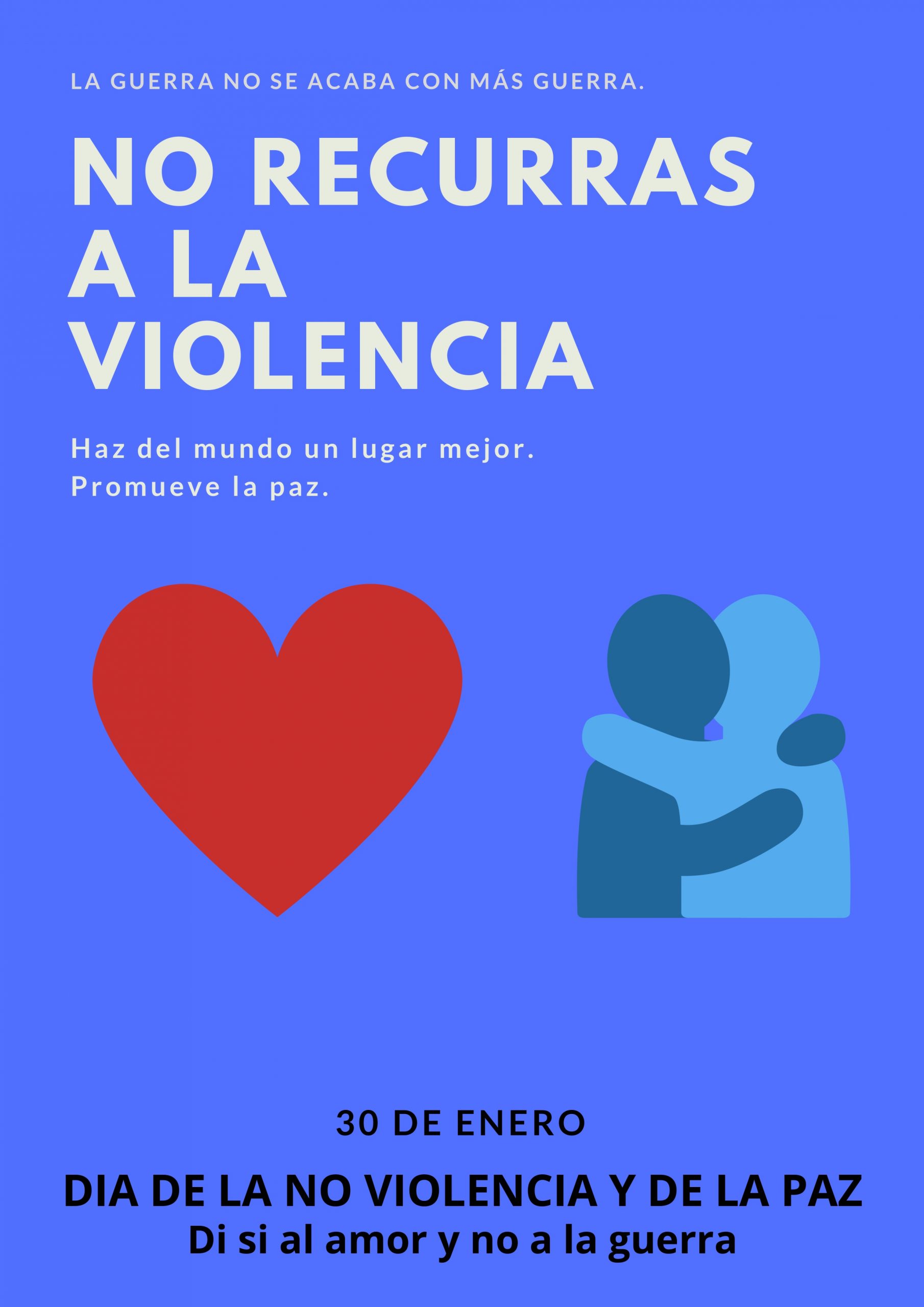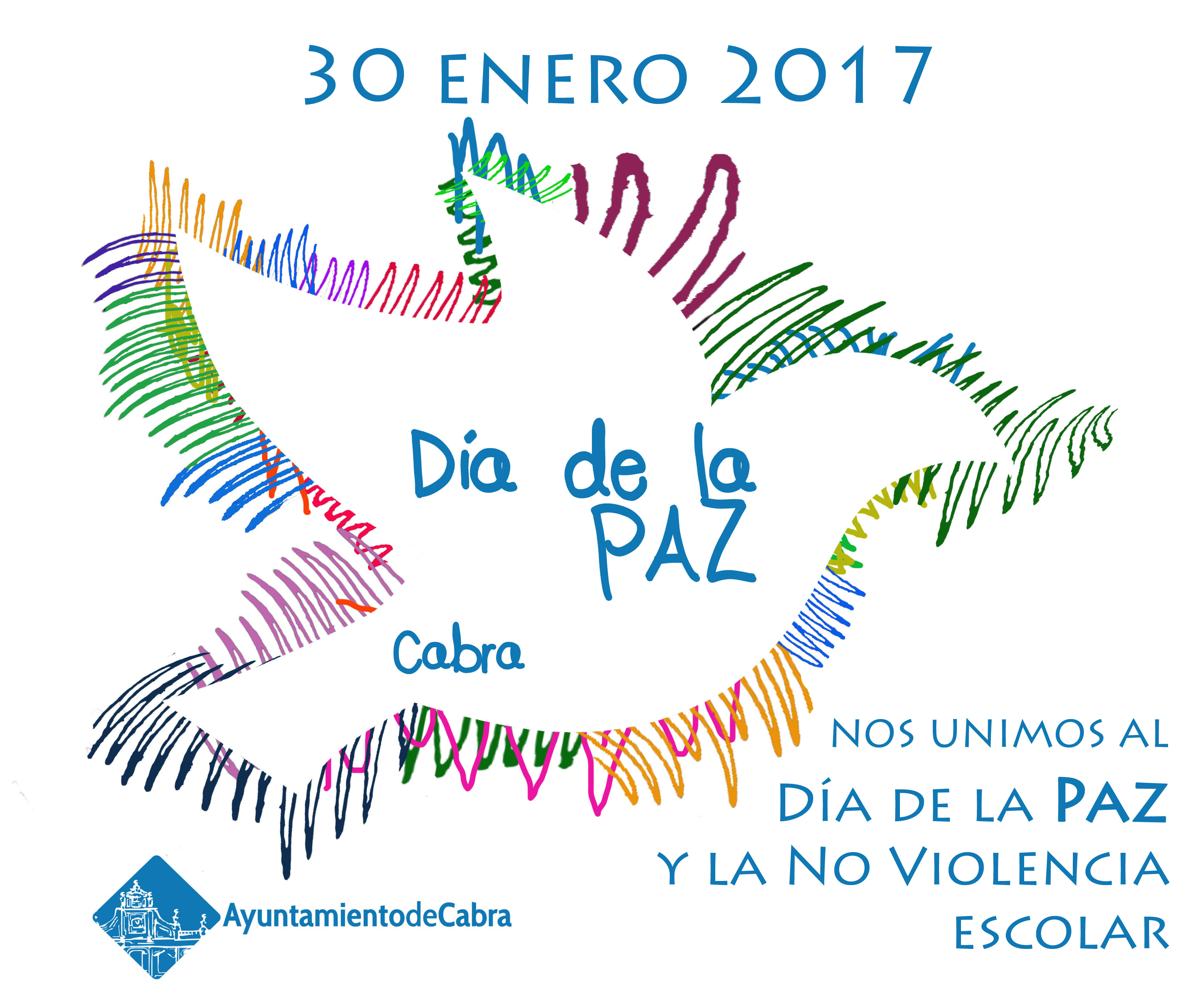Día Escolar De La Paz Y No Violencia: Celebrando La Armonía Y El Respeto
What is "Día Escolar De La Paz Y No Violencia: Celebrando La Armonía Y El Respeto?" This special day promotes peace and non-violence in schools, fostering harmony and respect among students.
Editor's Notes: "Día Escolar De La Paz Y No Violencia: Celebrando La Armonía Y El Respeto" was published on January 30, 2023. This topic is important because it highlights the need for creating a safe and inclusive learning environment for all students.
Throughextensive analysis and research, we've compiled this comprehensive guide to shed light on "Día Escolar De La Paz Y No Violencia: Celebrando La Armonía Y El Respeto," providing valuable insights and information to our target audience.
Key Differences and Takeaways:
Transition to Main Article Topics:
FAQ
The International Day of School Violence and Peace (DENIP) is an annual event observed on January 30. This day is dedicated to promoting peace and non-violence within school environments.

MURAL DÍA DE LA PAZ 2013 – LA HORA DE LAS TIC… - Source www3.gobiernodecanarias.org
Question 1: What is the purpose of DENIP?
DENIP aims to raise awareness about the importance of creating inclusive and peaceful school environments for all students. It promotes respectful and non-violent behaviors among students, fostering a culture of empathy and understanding.
Question 2: How is DENIP celebrated in schools?
Schools observe DENIP through various activities, including discussions on peace and non-violence, workshops on conflict resolution, and art and music projects that promote empathy and cooperation.
Question 3: Why is DENIP important for schools?
DENIP is crucial for schools as it helps create a safe and positive learning environment. It helps foster a sense of belonging and respect among students, which is essential for academic achievement and well-being.
Question 4: How can students participate in DENIP?
Students can actively participate in DENIP by engaging in activities such as organizing peace-themed events, volunteering in community service projects, and promoting kindness and respect towards their peers.
Question 5: What is the significance of the date January 30?
January 30 marks the anniversary of the assassination of Mahatma Gandhi, a renowned advocate for non-violence and peace. This date symbolizes the importance of his message and the need to uphold his legacy.
Question 6: How can communities support DENIP?
Communities can support DENIP by promoting peace and non-violence initiatives in schools and fostering a culture of respect and understanding within the broader community.
In conclusion, DENIP plays a vital role in promoting peace and non-violence within schools and communities. By fostering a culture of empathy and respect, we can create a more harmonious and just society for all.
Transition to the next article section...
Tips for Celebrating Día Escolar De La Paz Y No Violencia
Día Escolar De La Paz Y No Violencia, or School Day of Peace and Non-Violence, is an international day dedicated to promoting peace and non-violence in schools. Celebrated on January 30, it serves as a reminder of the importance of creating a culture of peace and respect within educational institutions.
To effectively celebrate this day and foster an environment of harmony and understanding, consider implementing the following tips:
Tip 1: Conduct Peace-Building Activities: Engage students in activities that promote peace-building skills, such as conflict resolution workshops, role-playing exercises, and discussions on the principles of non-violence.
Tip 2: Encourage Dialogue: Create a safe and inclusive space for students to openly discuss issues related to peace, violence, and conflict. Use class discussions, forums, or group projects to foster respectful dialogue and encourage empathy.
Tip 3: Promote Cultural Appreciation: Celebrate the diversity of cultures within the school community. Showcase different cultural traditions, languages, and perspectives as a way to build bridges of understanding and break down stereotypes.
Tip 4: Use Technology for Peace Education: Utilize educational resources and platforms to enhance peace education. Show documentaries or films, use interactive apps, and create online discussions to engage students and raise awareness about the importance of peace.
Tip 5: Establish Peer Mediators: Train students as peer mediators or peacemakers. Equip them with the skills to facilitate conflict resolution, foster respectful communication, and create a positive school environment.
Tip 6: Partner with Community Organizations: Collaborate with local peace organizations, community groups, or NGOs. Invite guest speakers to share their experiences or perspectives on peace-building initiatives, and organize joint activities to foster community engagement.
By implementing these tips, educational institutions can create a meaningful and lasting impact on their students, fostering a culture of peace, respect, and non-violence that extends beyond the classroom and into the wider community. Día Escolar De La Paz Y No Violencia: Celebrando La Armonía Y El Respeto
The School Day of Peace and Non-Violence: Celebrating Harmony and Respect
The School Day of Peace and Non-Violence, observed globally, underscores the paramount importance of embracing harmony and mutual respect within educational institutions and beyond. This day recognizes the invaluable contributions of educators, students, and communities to fostering a culture of peace and non-violence, where individuals feel valued, respected, and empowered to thrive.

Murales Día de la Paz (18) - Imagenes Educativas - Source www.imageneseducativas.com
By embracing these essential aspects, the School Day of Peace and Non-Violence becomes a catalyst for positive change, inspiring individuals to become agents of peace and respect both within and outside the school environment. It cultivates a harmonious atmosphere where every voice is valued, conflicts are resolved peacefully, and diversity is celebrated. This day serves as a reminder of the transformative power of education in shaping a more peaceful and just society for all.

¡DÍA ESCOLAR LA NO-VIOLENCIA Y LA PAZ! | IES RAMÓN CARANDE - Source www.iesramoncarande.com
Día Escolar De La Paz Y No Violencia: Celebrando La Armonía Y El Respeto
The "Día Escolar De La Paz Y No Violencia" (School Day of Peace and Non-Violence) is a global event celebrated annually on January 30th, the anniversary of Mahatma Gandhi's assassination. This day was established by the United Nations Educational, Scientific and Cultural Organization (UNESCO) to promote a culture of peace and non-violence among children and young people worldwide. Celebrating the "Día Escolar De La Paz Y No Violencia" highlights the importance of fostering harmony and respect in educational environments, creating a foundation for peaceful and inclusive societies.

CabraNoticias | Una "marcha escolar" conmemorará el Día Internacional - Source www.cabranoticias.com
The connection between harmony and respect is crucial for the success of the "Día Escolar De La Paz Y No Violencia." Harmony promotes a sense of collective well-being and unity within school communities. When students and educators feel valued, included, and respected, they are more likely to engage in positive behaviors, fostering a conducive learning environment. Respect, on the other hand, acknowledges the inherent worth of every individual, regardless of their differences. It creates an atmosphere where diverse perspectives are valued, conflicts are resolved peacefully, and relationships are built on mutual understanding.
The practical significance of this understanding lies in its potential to transform educational institutions into beacons of peace and non-violence. By integrating principles of harmony and respect into school curricula, policies, and practices, educators can empower students to become active agents of change. Through initiatives such as conflict resolution workshops, peer mediation programs, and community service projects, students develop essential skills for peaceful coexistence, empathy, and social responsibility.
Table: Connection between Harmony & Respect in "Día Escolar De La Paz Y No Violencia"
|---|---|
| Collective well-being | Acknowledging inherent worth |
| Unity within school communities | Valuing diverse perspectives |
| Positive behaviors | Peaceful conflict resolution |
| Conducive learning environment | Building relationships on mutual understanding |
Conclusion
The "Día Escolar De La Paz Y No Violencia" serves as a powerful reminder of the transformative power of harmony and respect in education. By nurturing these values, schools can become sanctuaries of peace, where students can thrive, learn, and grow in a safe and inclusive environment. As we strive to create a more just and peaceful world, let us continue to uphold the principles of "Día Escolar De La Paz Y No Violencia" in our schools and communities, empowering future generations to be agents of positive change.
The legacy of Mahatma Gandhi, whose teachings inspired the establishment of this day, reminds us that even in the face of adversity, non-violence and peaceful resistance can prevail. Let us honor his memory by working together to build a world where harmony and respect triumph over conflict and division.
Venezuela And Peru: A Political And Economic Rivalry In The Shadow Of U.S. Influence, Harun Zrno: A Renowned Architect Blending Innovation With Sustainability, Michael Smerconish: Preserving American Democracy In A Polarized Era, The Ultimate Guide To The NBA: History, Teams, Players, And More, John Morton: Archbishop Of Canterbury And Lord Chancellor Of England, The Quakers: A History Of The Religious Society Of Friends, Kansas Jayhawks: Champions Of The Hardwood, Unveiling Patrick Mahomes' Age And Football Journey: An NFL Superstar's Timeline, Enrique Iglesias: Global Latin Superstar And Chart-Topping Icon, 2025 Federal Income Tax Brackets: Updated Rates And Considerations,